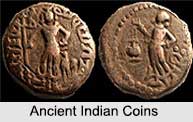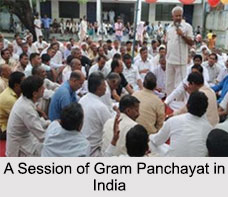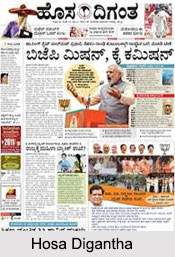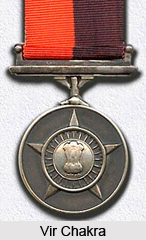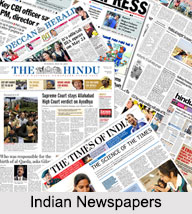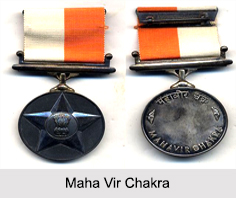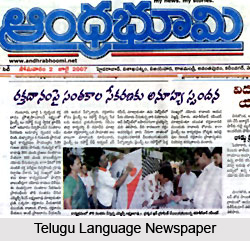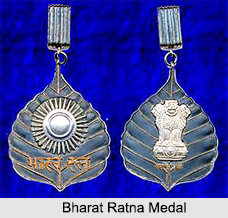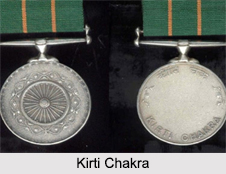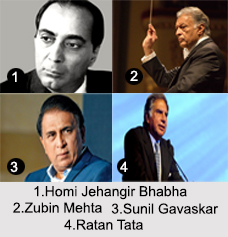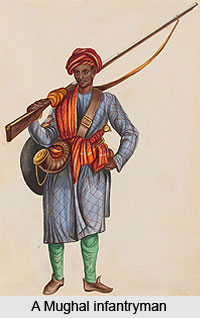 Before the arrival of the Mughal rulers conditions in the country were very unsettled and thus the Indian Army during Mughal rule witnessed several significant changes. With the arrival of Babur on the Indian scene, some important changes were introduced in the organisation of the armed forces. It was he who for the first time effectively used artillery on the battle-field. This had far reaching effects on the strategic concept of warfare in the country. Within a short period the forts ceased to hold the age-old key to the strength and power and were progressively abandoned by the Rajputs for a more mobile warfare. Guerilla tactics were developed by them and later by the Marathas. The undisciplined and dividing scenario of the Indian Army that was common in the ancient times was a bit improved in the Mughal period. The Indian Army during Mughal period actually reflected the social divisions of the Indian society and that is why, they failed to project power out of South Asia, though the Mughal Emperors were ardently desired to do so. The unity among different sections of the Indian Army was somehow missing due to the social division that it reflected.
Before the arrival of the Mughal rulers conditions in the country were very unsettled and thus the Indian Army during Mughal rule witnessed several significant changes. With the arrival of Babur on the Indian scene, some important changes were introduced in the organisation of the armed forces. It was he who for the first time effectively used artillery on the battle-field. This had far reaching effects on the strategic concept of warfare in the country. Within a short period the forts ceased to hold the age-old key to the strength and power and were progressively abandoned by the Rajputs for a more mobile warfare. Guerilla tactics were developed by them and later by the Marathas. The undisciplined and dividing scenario of the Indian Army that was common in the ancient times was a bit improved in the Mughal period. The Indian Army during Mughal period actually reflected the social divisions of the Indian society and that is why, they failed to project power out of South Asia, though the Mughal Emperors were ardently desired to do so. The unity among different sections of the Indian Army was somehow missing due to the social division that it reflected.
Before the Mughal invasion, the central government at Delhi had been weakened considerably by intrigues, internal wars and independent rulers raised the standards of revolt very often. The undisciplined and dividing scenario of the Indian Army that was common in the ancient times was a bit improved in the Mughal period. Mughal rulers have done some good job in changing the formation, structure and strength of the Indian Army, during their reigns. The character of the Indian military system during the Mughal period had some similarity with that of the Delhi Sultanate, which was ethnically Afghan. As the state was primarily a military oligarchy, the army organisation gained in strength. All officials, who were foreigners, held higher posts and the area under their administration were divided into military commands. Regular mustering and enrolment was also done. There was a good set-up at the centre with army headquarters. A system of regular payment was in force and lands were also distributed in consideration of military service. The Rajputs, who formerly formed the military classes, were replaced by the new rulers and their own co-religionists.
The Mughal rulers introduced a novel element and a new tactical doctrine. The arrival of artillery and matchlocks revolutionised the concept of pitched battles. The elephants were no more a decisive factor on the battlefield though they continued to be used by the commanders and served as the rallying point with the Royal standard. In spite of these factors the forts continued to be pre-eminent and provided the back-bone of the defenders. Some of the forts were converted into town fortresses for the immediate defence of the civilian population. Mandu, Chittor and Bharatpur are ideal examples of these town fortresses and took long to be reduced. The Mughals continued to pay increased attention to the armed forces. It was, however, not regarded as a national army as it was pre-dominated by foreigners. The locals who formed the main bulk did not identify themselves with the national aspirations.
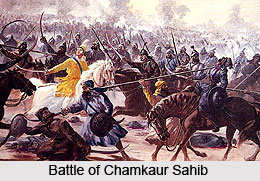
During the Mughal rule, great progress was made in the artillery branch also. There was the artillery-of-the-stirrup and the heavy artillery. The Mughals even had a navy during the latter part of their rule in Eastern India. Mansabdars who formed the military leadership held all the important military commands. They provided at once the strength under strong Emperors and the main source of weakness under weak ones. Another cause of the weakness of the system was that they held the purse-strings for their contingents. By virtue of their high military office they were made governors of provinces and had to lead military expeditions also. There was no central training establishment and the commanders were mostly appointed by virtue of their birth. Others rose from the subordinate ranks by sheer dint of merit. Akbar who started this institution kept them under check, but degeneration soon set in under the later Mughals. In spite of its mobile element, the Mughal army was heavy and cumbersome with the presence (during campaigns) of the Court, the harem and a large commissariat department. This large administrative tail became the undoing of the Mughals. Elephants and chariots also formed a part of the armies during campaigns. The very fact that the Mughals had to undertake regular campaigns indicate the presence of a firm streak of opposition to their rule. Aurangzeb accelerated this process with his strong anti-Hindu religious policy.
In the Mughals` military scheme of things, cavalry and artillery came into prominence, and the infantry started wielding muskets and bows. Logistical trains, consisting of carts drawn by camels, oxen and even elephants were streamlined, thus ensuring a field army greater freedom of action, flexibility and sustainability. Recruitment was based in the `mansabdari` system, which entailed the raising of a large army for campaigns, but without incurring very heavy expenditure, by the central government in power. The Delhi Sultanate had coined this name for a system long prevalent in the subcontinent, but it was refined and reintroduced by the Mughals.
The Indian society was mainly divided by the local caste-system and also by religion during the Mughal period. The Mughal rulers of that time had organised a huge and vast Indian Army for protecting their empire from the attack of the outsiders. However, though the Army was large, the Mughal emperors did not make any significant efforts to separate them from the society or even professionalise them. The earlier emperors of the Mughal emperor, like the founder, Zahir-ud-din Mohammad Babur and others became successful to keep the unity of the Indian Army intact and that helped them in expanding the territory of their emperor. They did so with the help of their intelligence.
However, the later Mughal emperors like Jahangir and the others could not control the vast Indian Army properly and as a result, rebellion and revolution was common sights during their reigns. Though, Jahangir had an ardent desire to expand his territory out side South Asia and also capture his homeland, Ferghana, he could not do so because of this inability. Jahangir wrote in his memoirs that the weakness of his military did not let him to expand his territory outside South Asia. He was actually militarily unable to do anything more than keep his existing possessions more or less under control. During Jahangir`s reign, the Mughal Dynasty faced a lot of revolts from different parts and the Indian Army also showed lack of progress against the rebellion in the area of central India south of the Narmada River known as the Deccan. The Indian Army failed to restrain the revolts of the Afghan population of Bengal, and failed to control the wars of the Hindu population of Rajasthan, as well. After Jahangir, the Indian Army became weaker and a large portion of the Mughal emperor was exhausted and destroyed during the reign of Aurangzeb. According to some of the scholars, the main reason behind the Mughal rulers` failure to increase the strength of the Indian Army was the internal social problems of India.
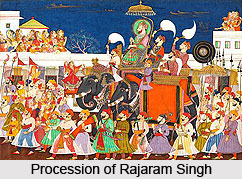
The inability of the Mughal emperors to develop a surplus of military power that was necessary for internal control of existing possessions eventually led to the demolition of the Mughal Empire in India. The scholars say that the Mughal emperors fail to utilise their revenues properly for purchasing good amount of artillery for the well being of the empire, just like the Ottomans did. As a result, they failed to expand the Indian Army as well. In fact, the Mughal emperors in India could not consolidate its internal control through its Army and also to expand in the way that the Ottoman Empire did. Some of the scholars say that the alien elite Mughal emperors actually could not establish effective control over a massive indigenous population with different languages and religions in India. This inability was clearly reflected in the organisation of the Indian Army during the Mughal period. Mughal rule prevailed over India for 300 years, fusing the country in many diverse fields like the arts, craft, music, architecture, literature and culture.







